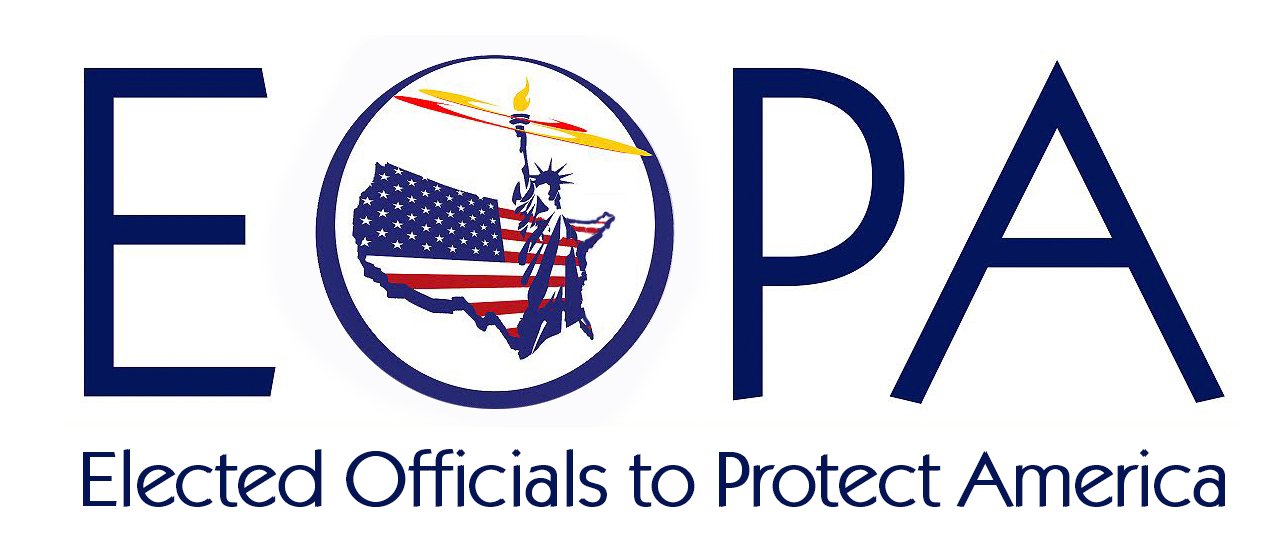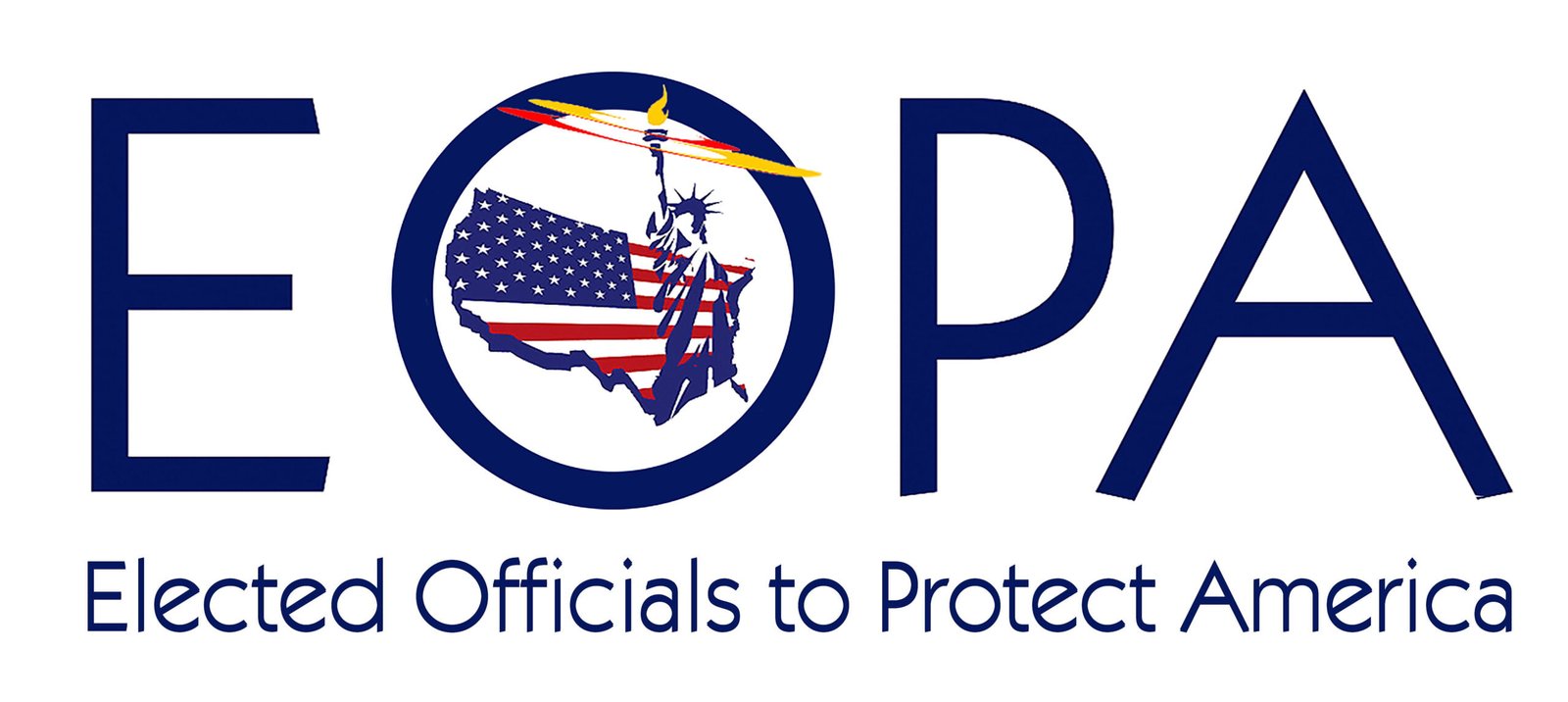The Urgency for Clean Transportation

The transportation sector is the number one contributor to climate change in the United States. Cars and light-duty vehicles make up more than 20% of all U.S. gas emissions and 45% of all U.S. oil consumption. Vehicle pollution accelerates climate change and contributes to health conditions caused by poor air quality, which disproportionately impact low-income and communities of color.
A study from Harvard University, in collaboration with universities in England, found that world-wide one in five premature deaths can be attributed to fossil fuel air pollution. According to this new research, over 350,000 people in the United States died in 2018 from fossil fuel air pollution prematurely — numbers three times higher than previously suggested by other studies.
Transportation accounts for nearly one-third of America’s carbon output. Light duty vehicles (LDVs) account for 59% of transportation greenhouse gas emissions.
We have a ways to go to meet the 50% emission reduction goal by 2030 that the United Nations Intergovernmental Panel on Climate Change (IPCC) says we must achieve in order to avoid extreme weather and climate disasters becoming the norm.
We must transition to using clean transportation before it’s too late.

Electric Vehicle Tour
In 2024, E.O.P.A. embarked on a 1,200-mile road trip from Albany, New York, to Atlanta, Georgia, with stops in New Jersey and Pennsylvania to build awareness and support for energy security solutions, specifically electric vehicles.
In each state we held a press conference and gave elected officials to opportunity to drive an electric vehicle. We gave out pamphlets to educate those in attendance on the realities of EVs. Our United for Health and Energy Security EV Tour highlighted transportation is the largest source of greenhouse gas emissions in the U.S. By transitioning to electric vehicles, we can reduce public health risks like asthma, emphysema and some cancers while becoming more energy secure.
E.O.P.A. won two national awards for the tour. The Electric Vehicle Plug in America Award and Electric Vehicle National Association’s Award.
We also highlighted why the EPA’s vehicle standards must be updated and that offshore wind is essential to feed enough electrical power to the grid so we all can eventually drive electric vehicles.
E.O.P.A. is planning on an EV tour for Western States.
Offshore wind and Clean Transportation
Offshore wind has the potential to provide more than 2,000 gigawatts (GW) of electric energy in the United States — at least two times the present generation of the entire U.S. electric grid, according to a National Renewable Energy Laboratory estimate. The sheer size of the resource illustrates the critical contribution that offshore wind can make toward an energy system powered by 100% clean renewable energy.
We need offshore wind to be able to power the millions of electric vehicles that are destined to replace antiquated fossil fuel vehicles.
EOPA has letters for New York, New Jersey and California signed by elected officials in their respective states backing responsible offshore wind development. Learn more here


